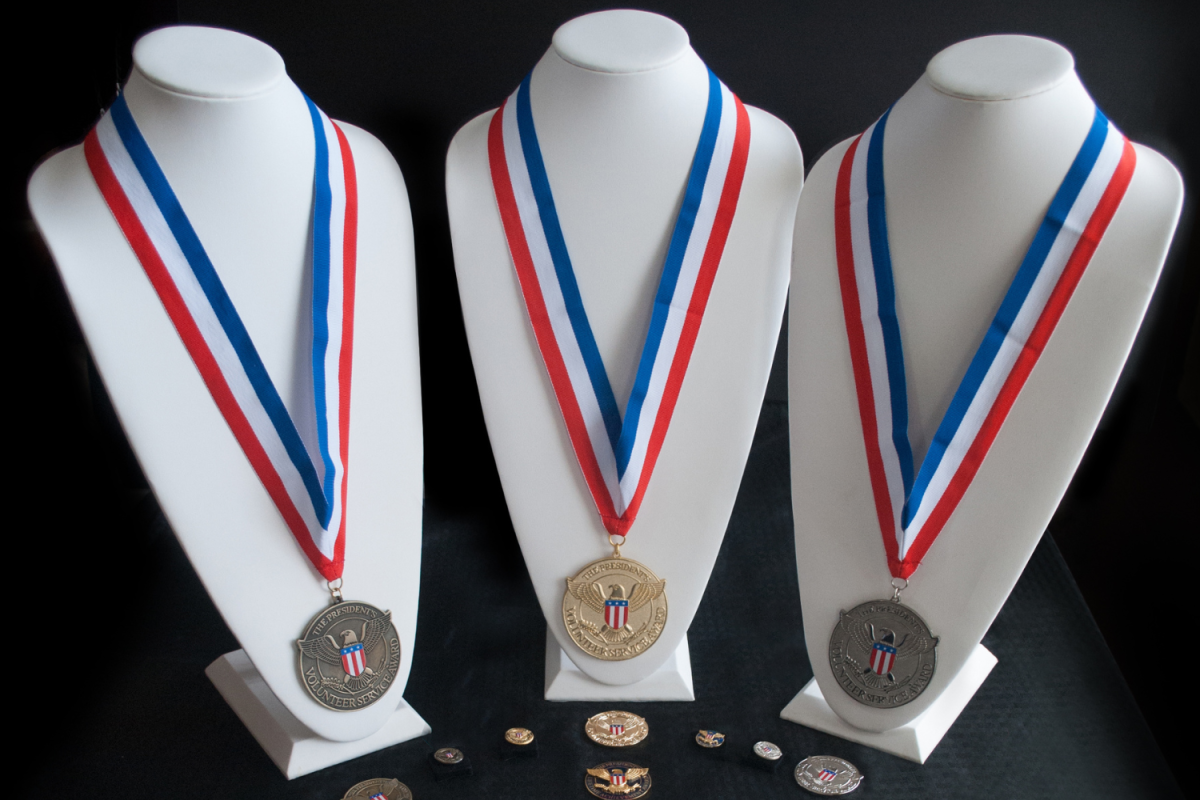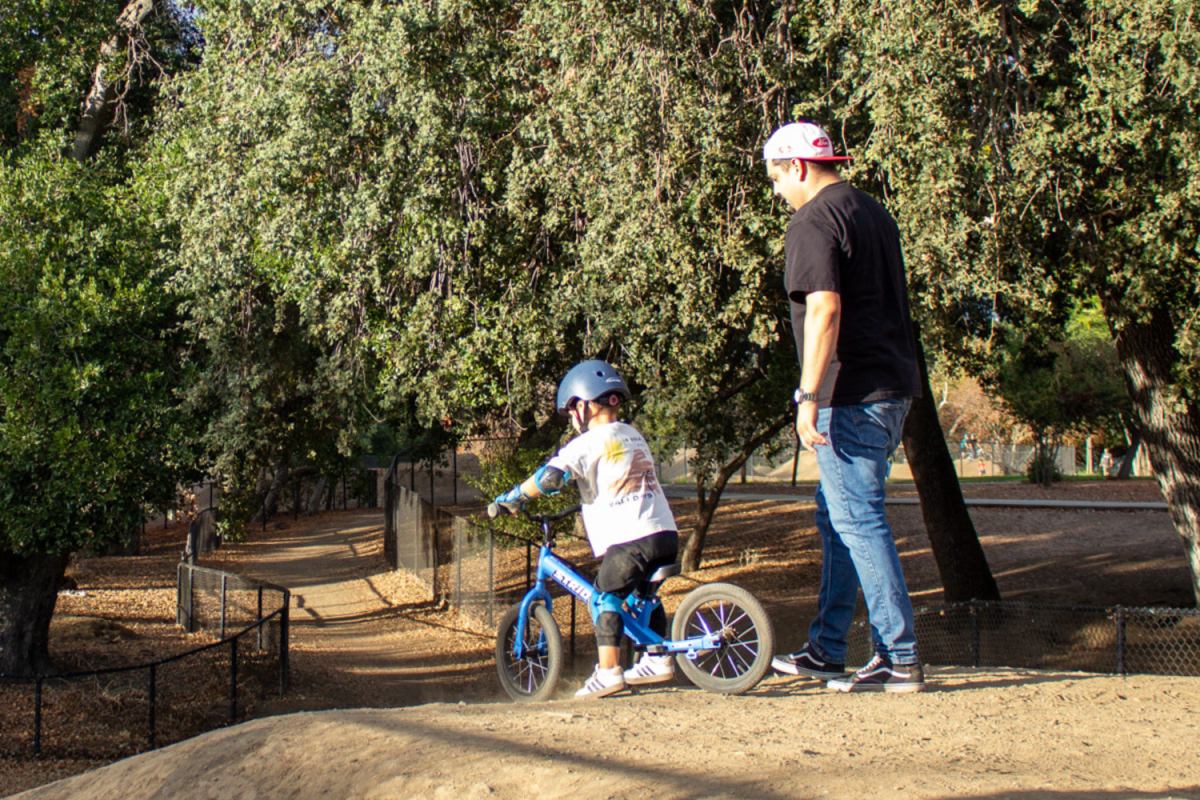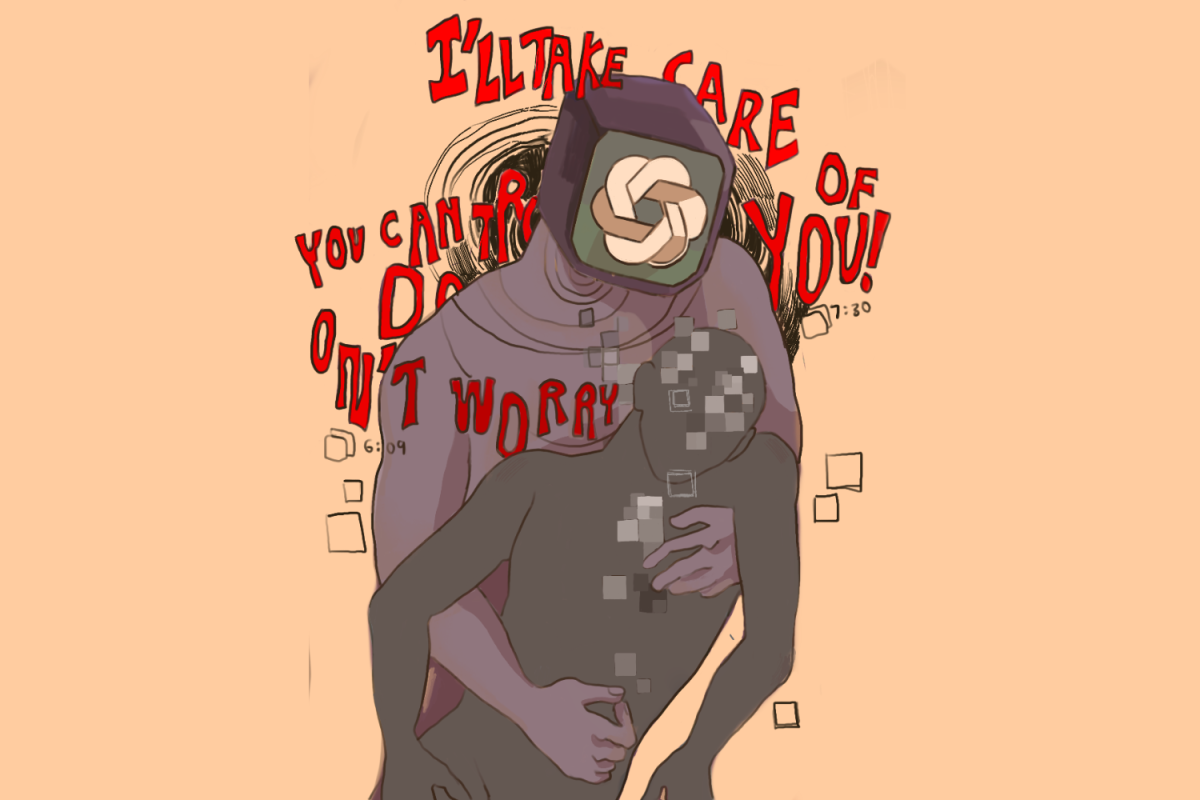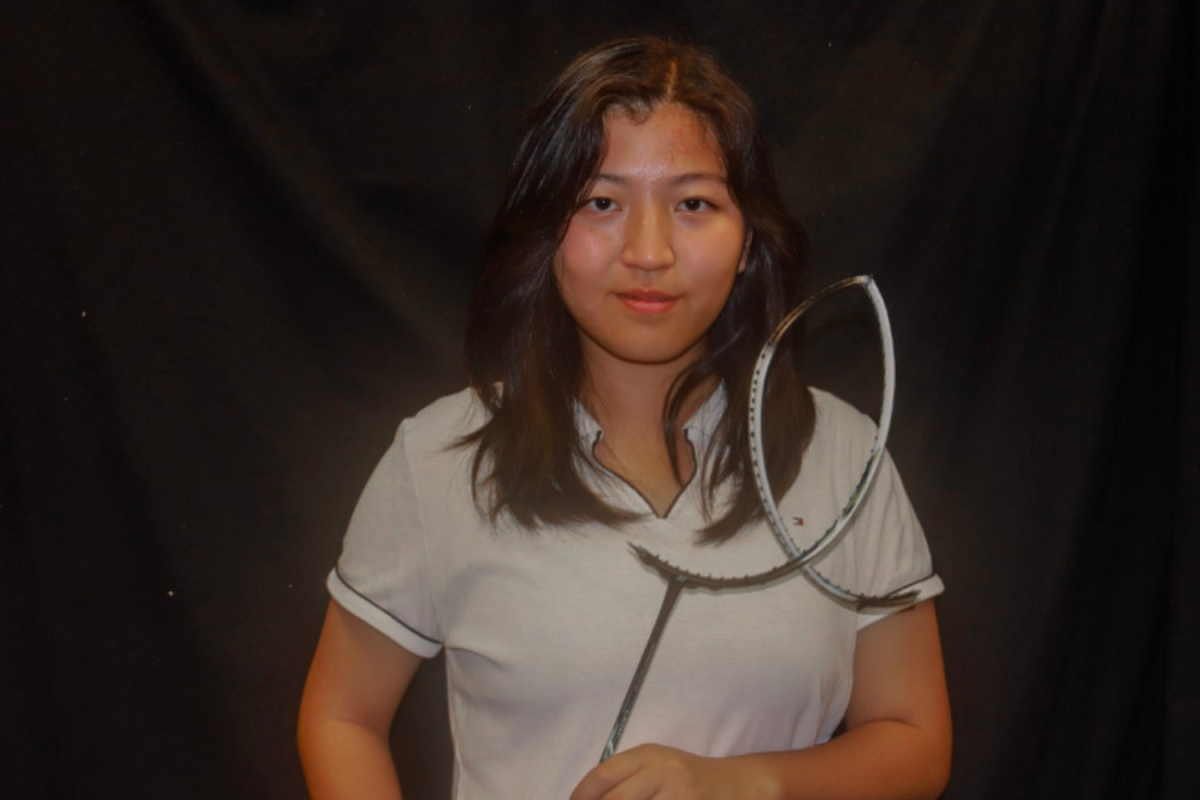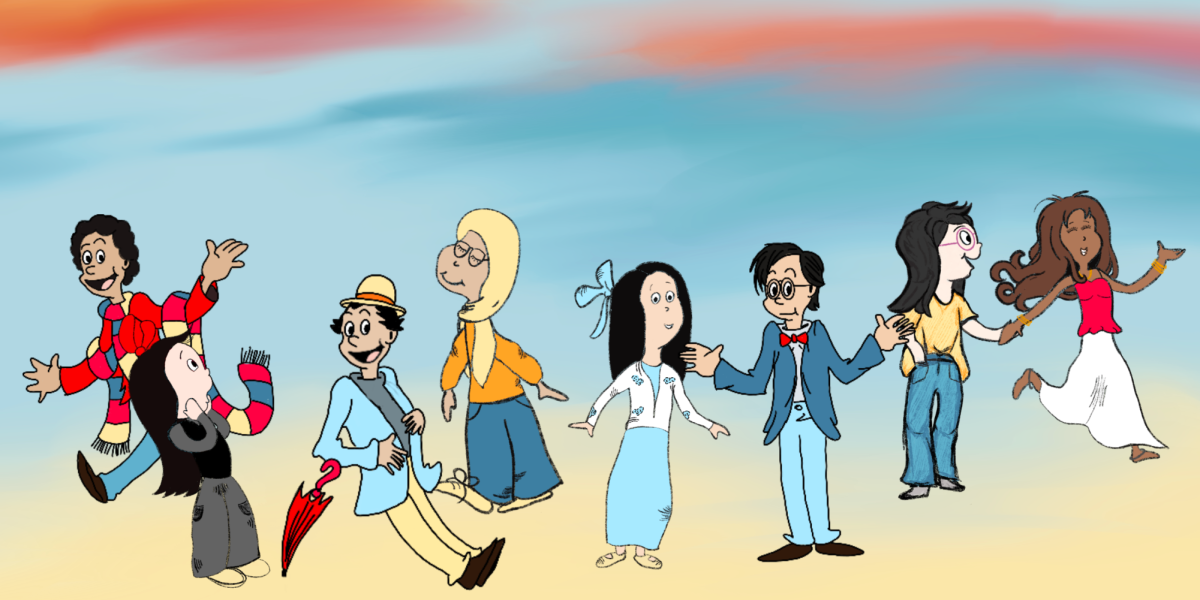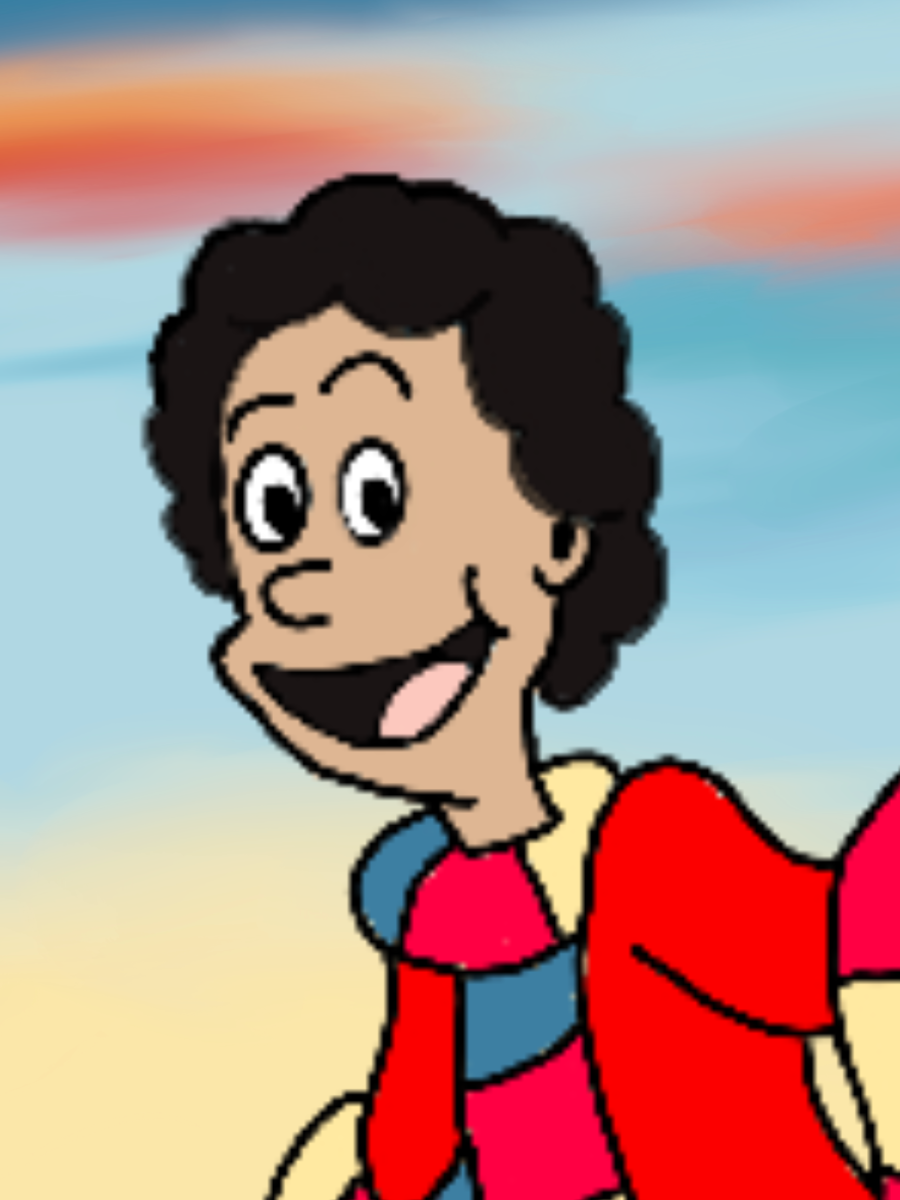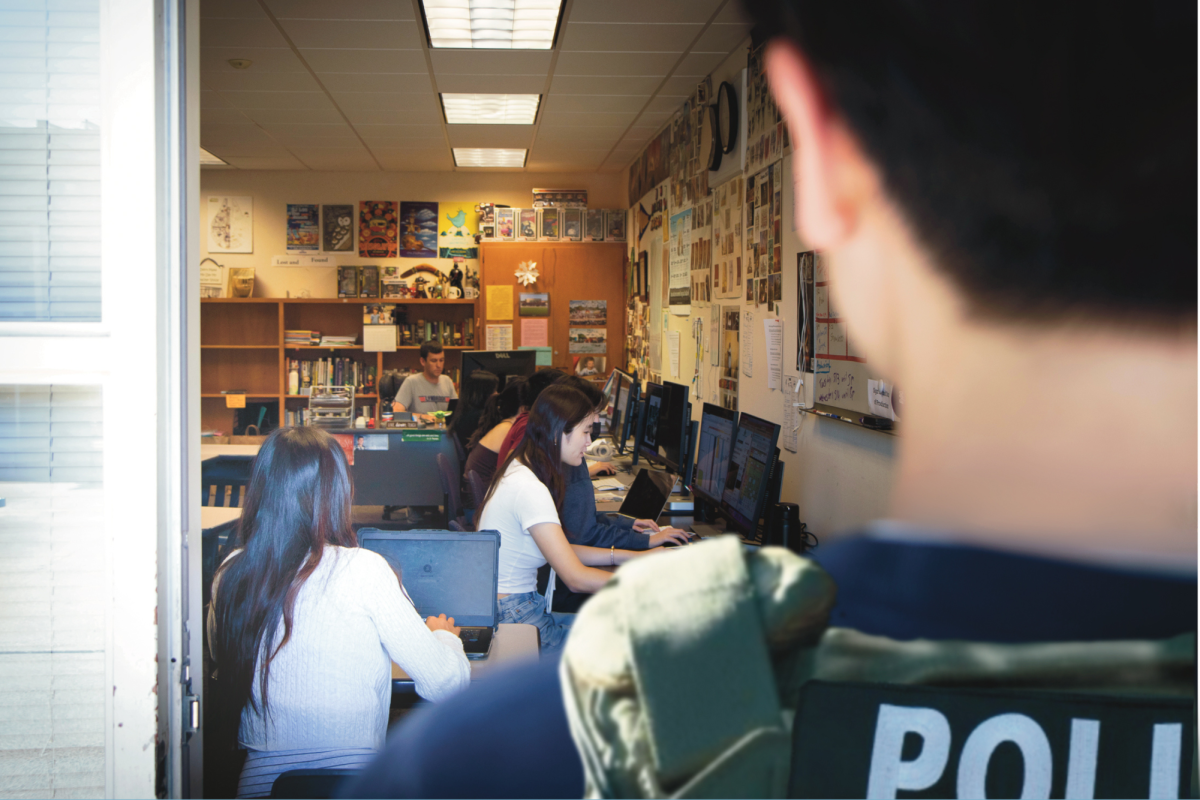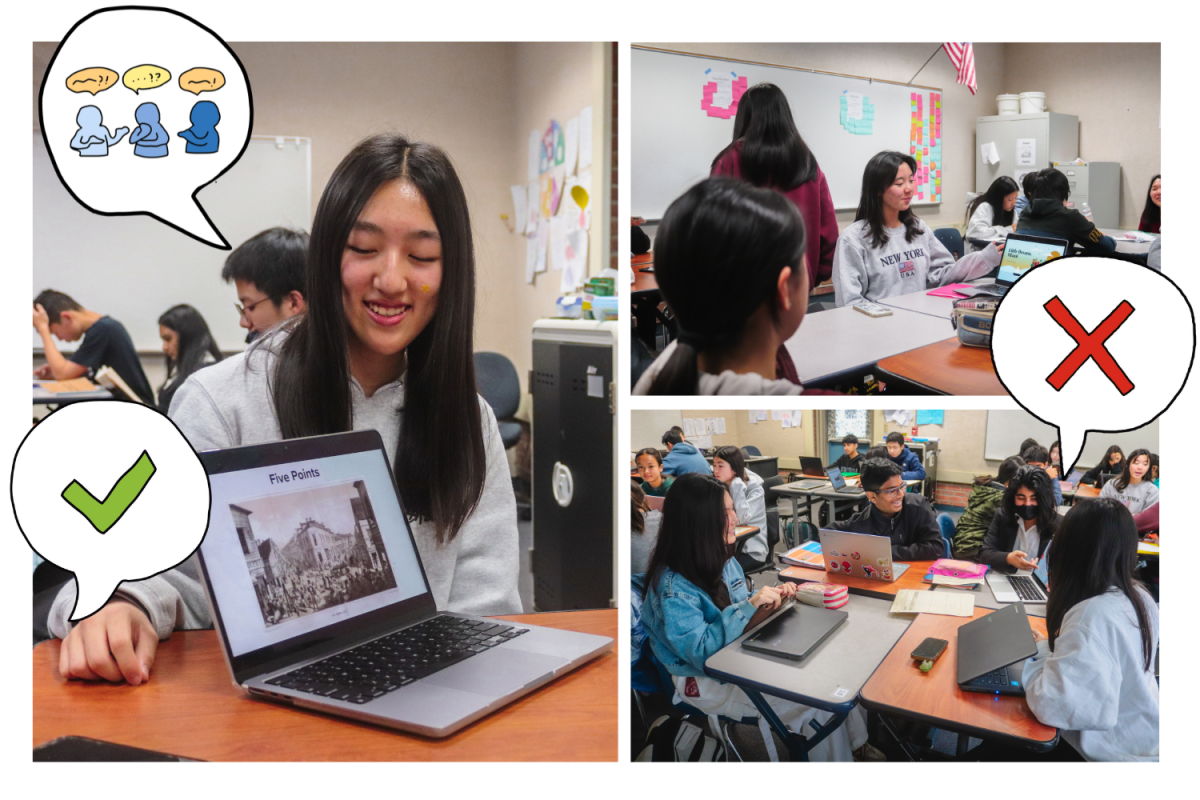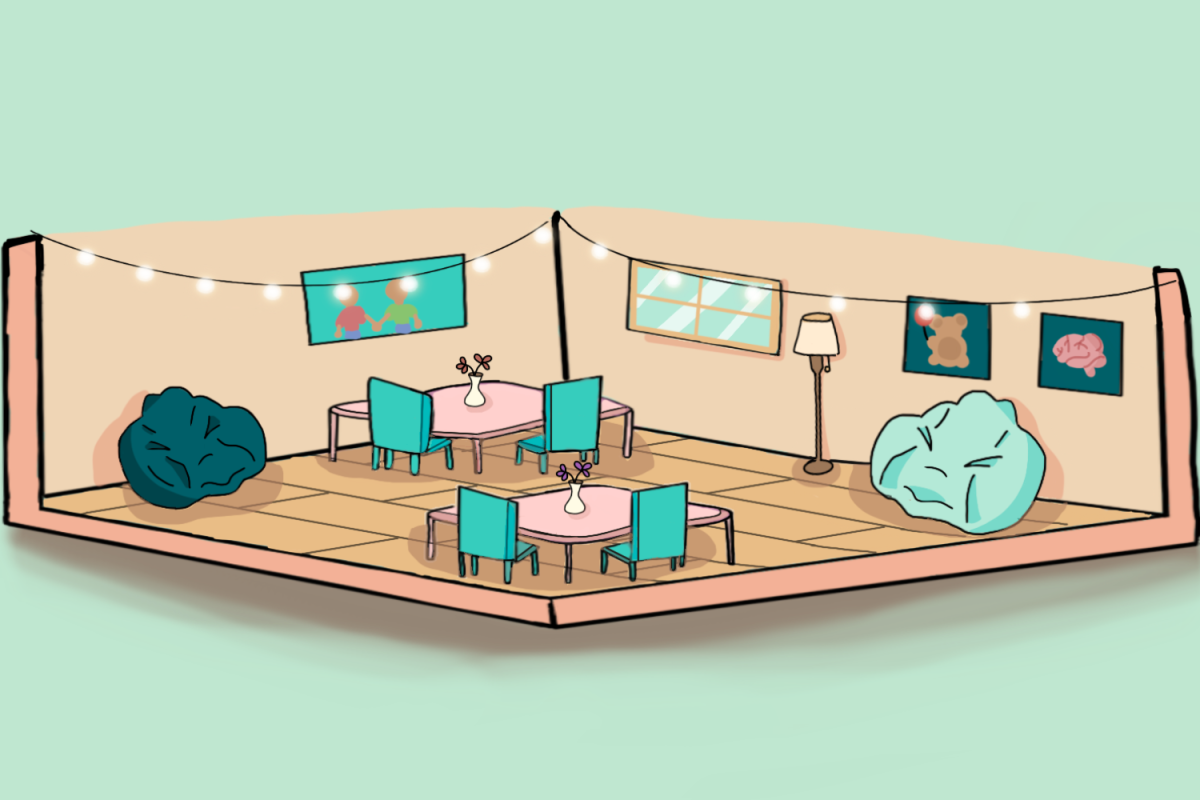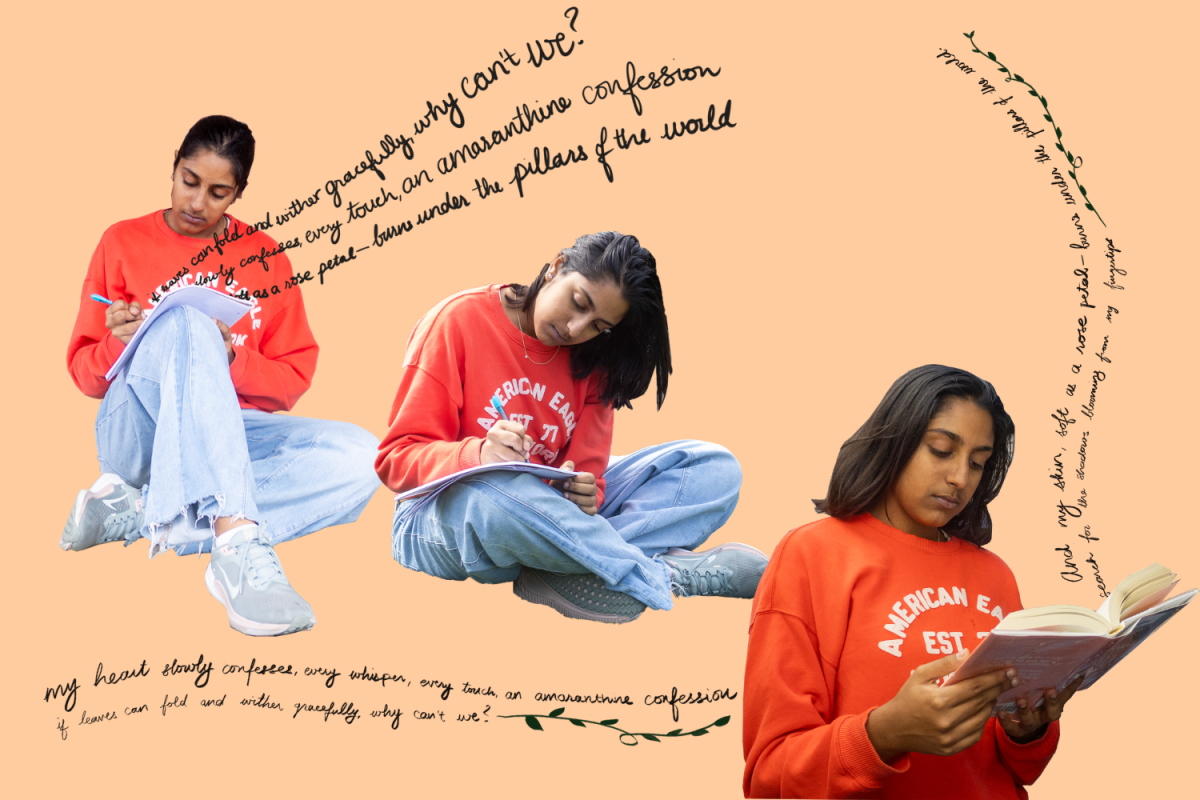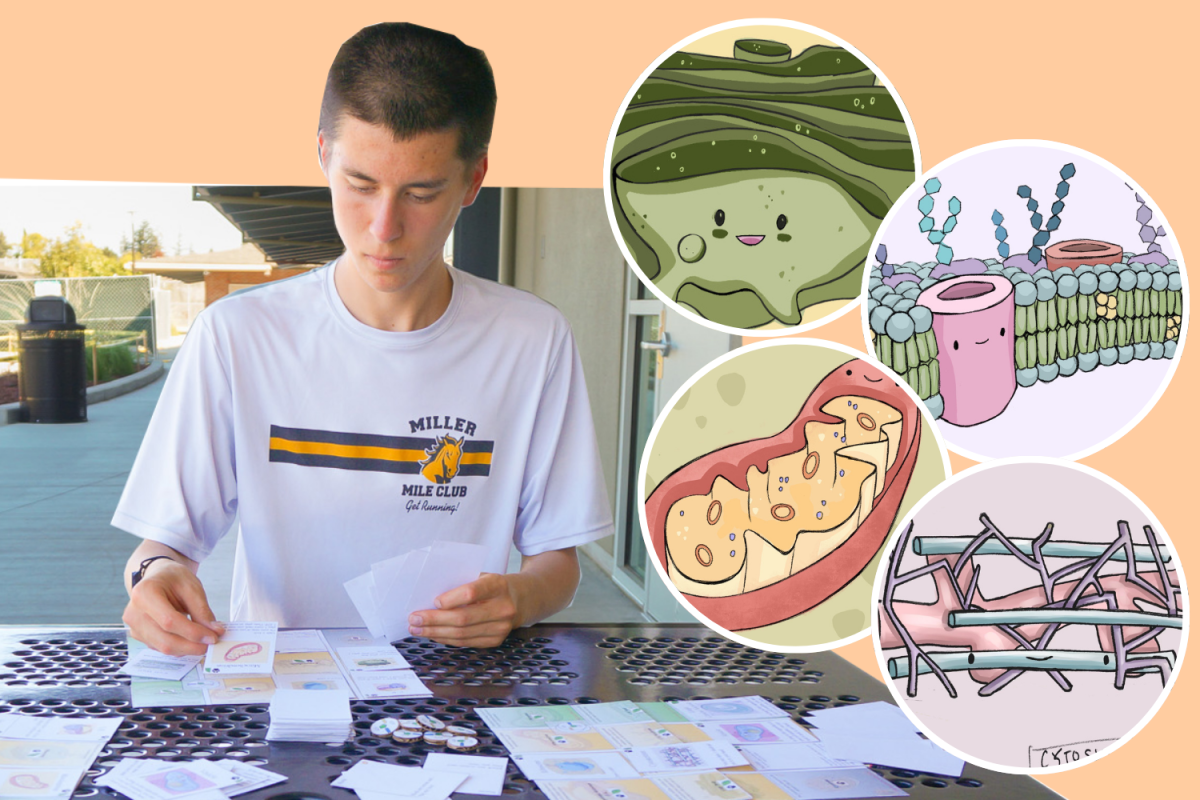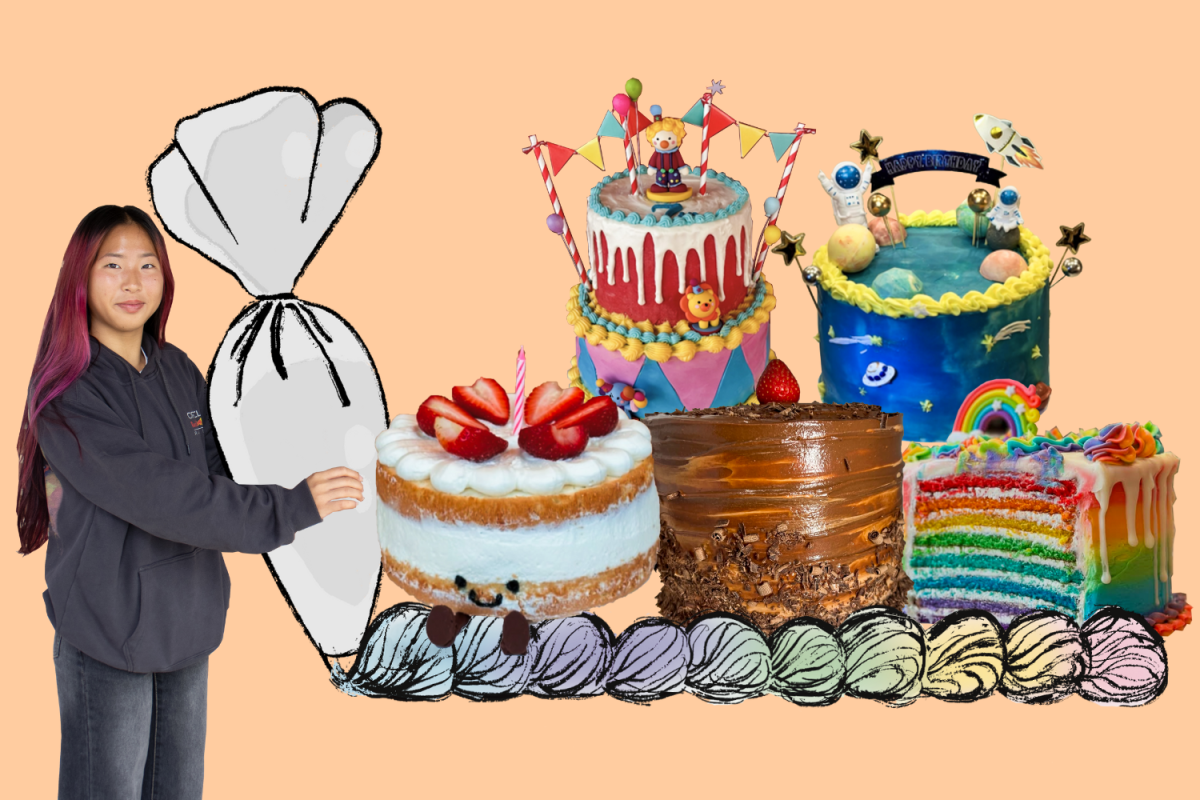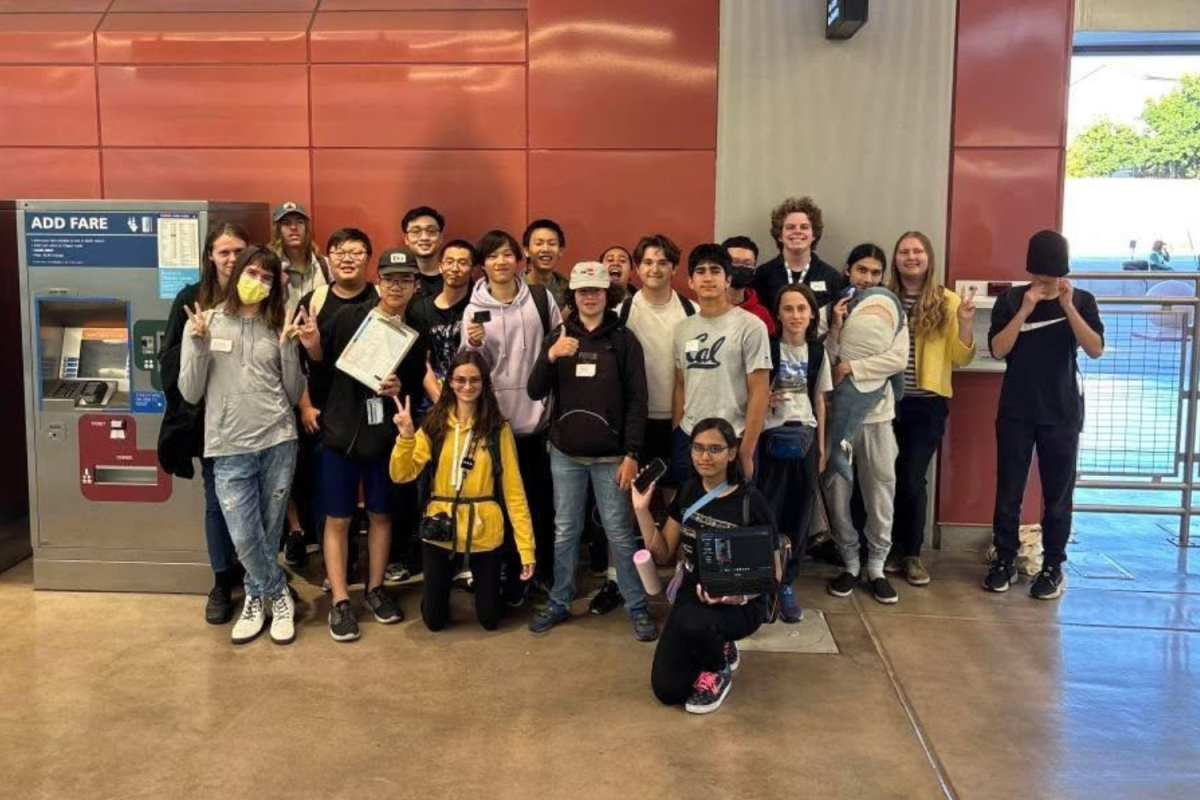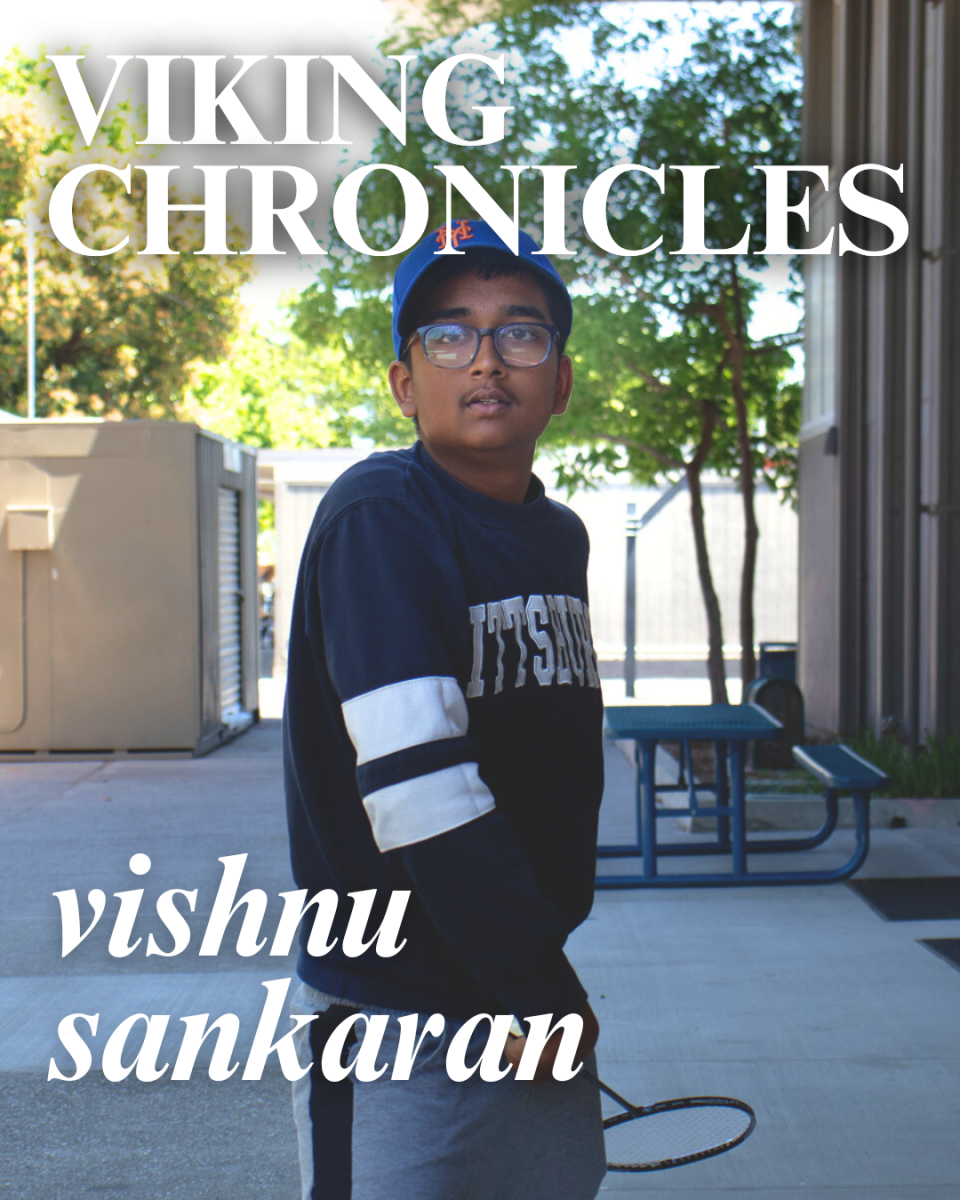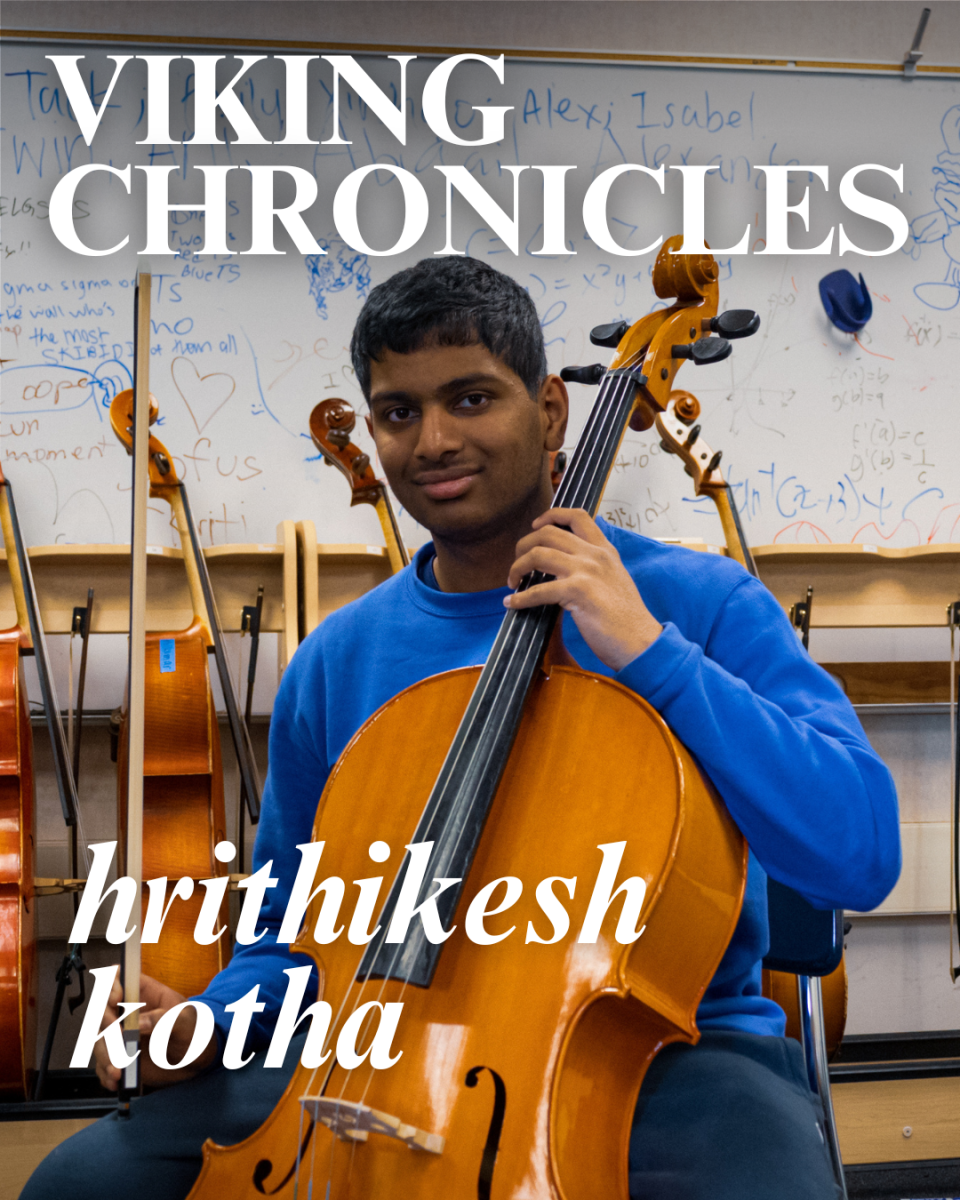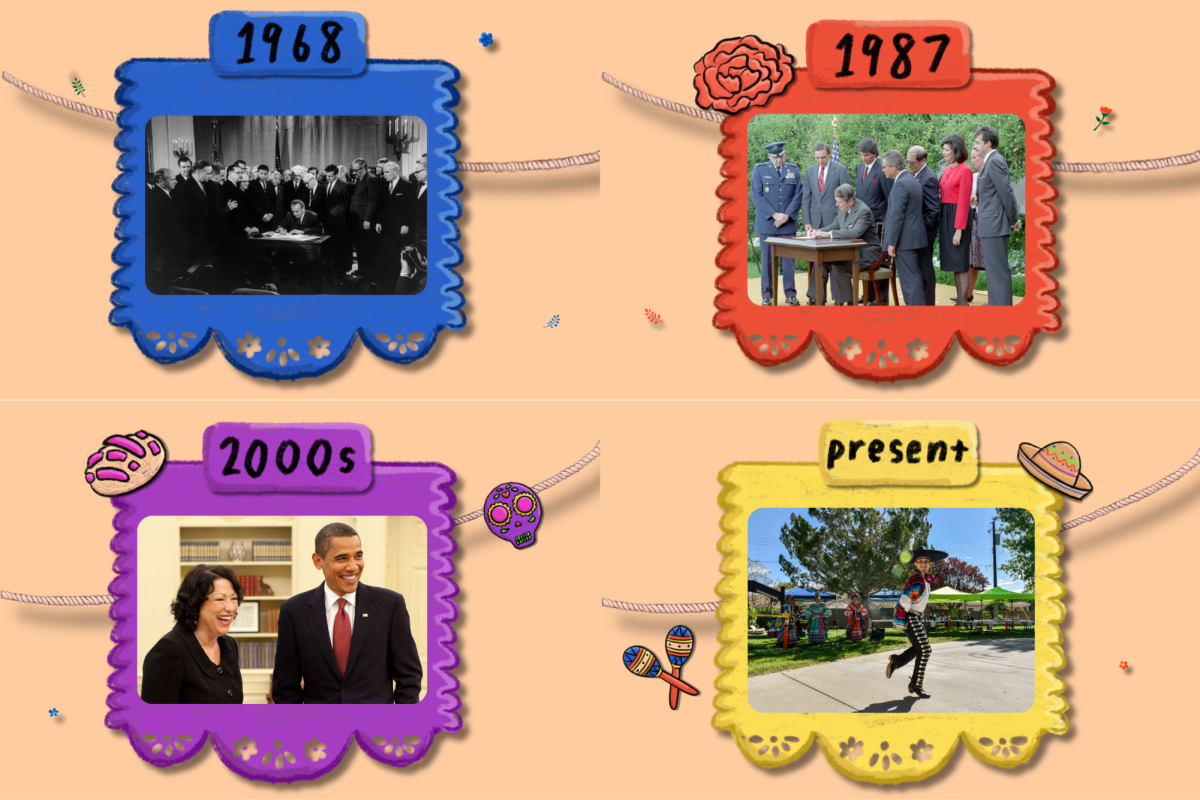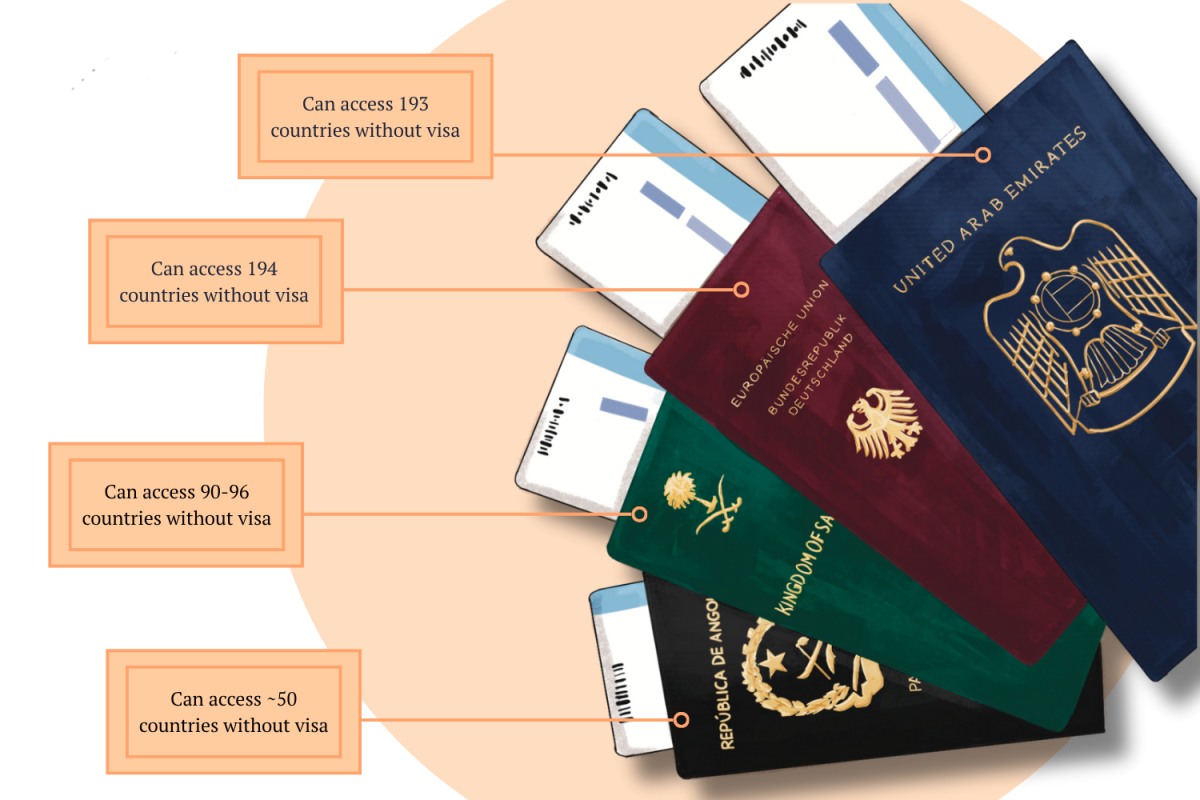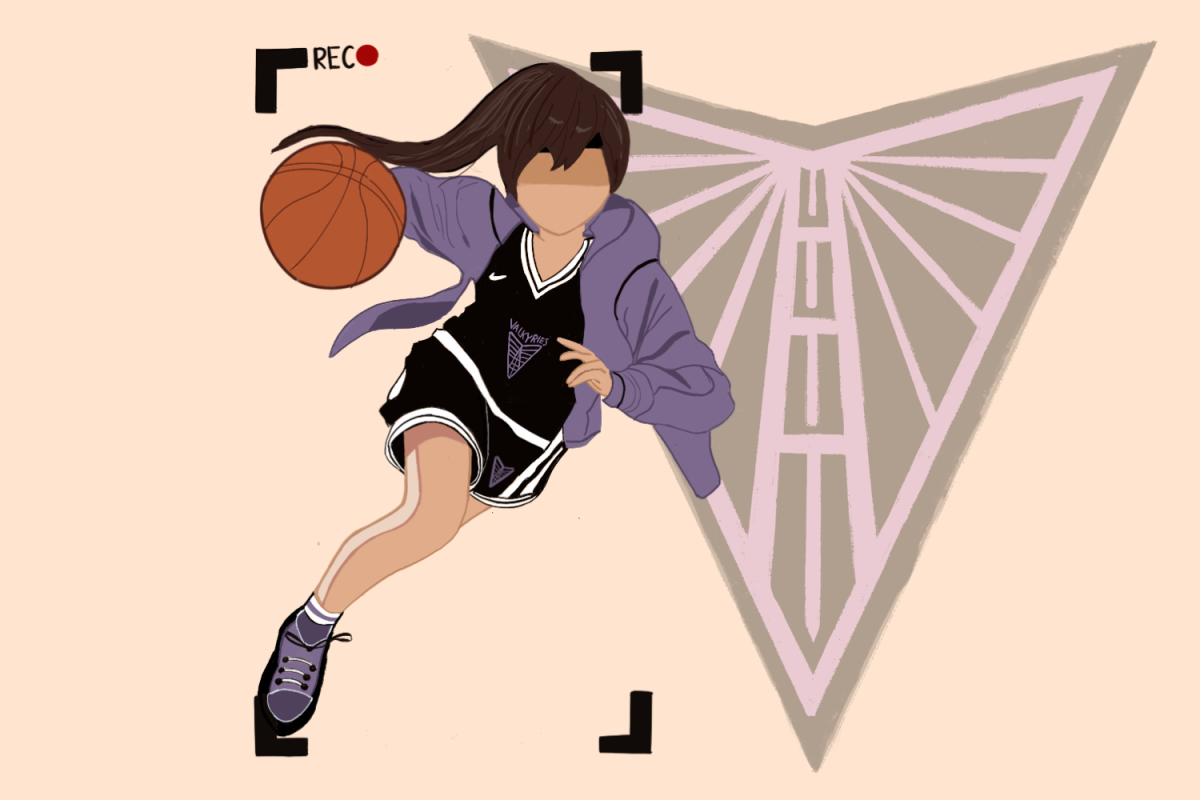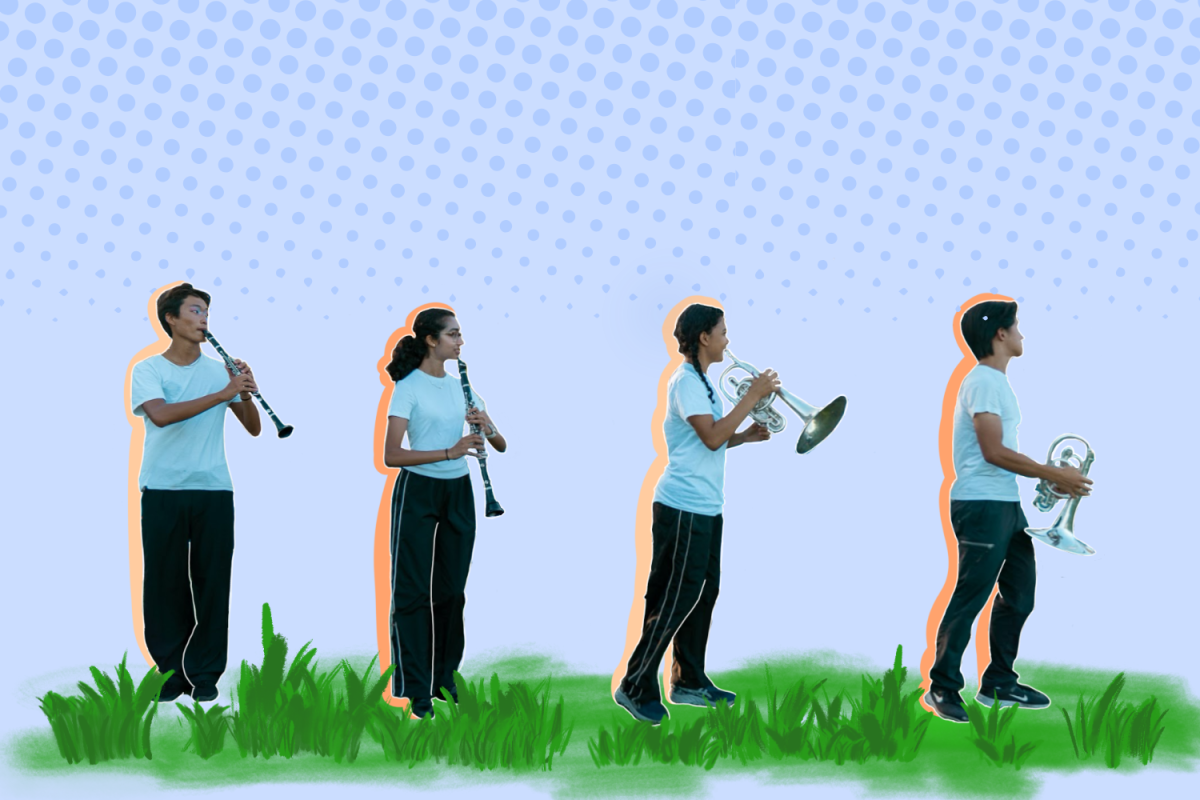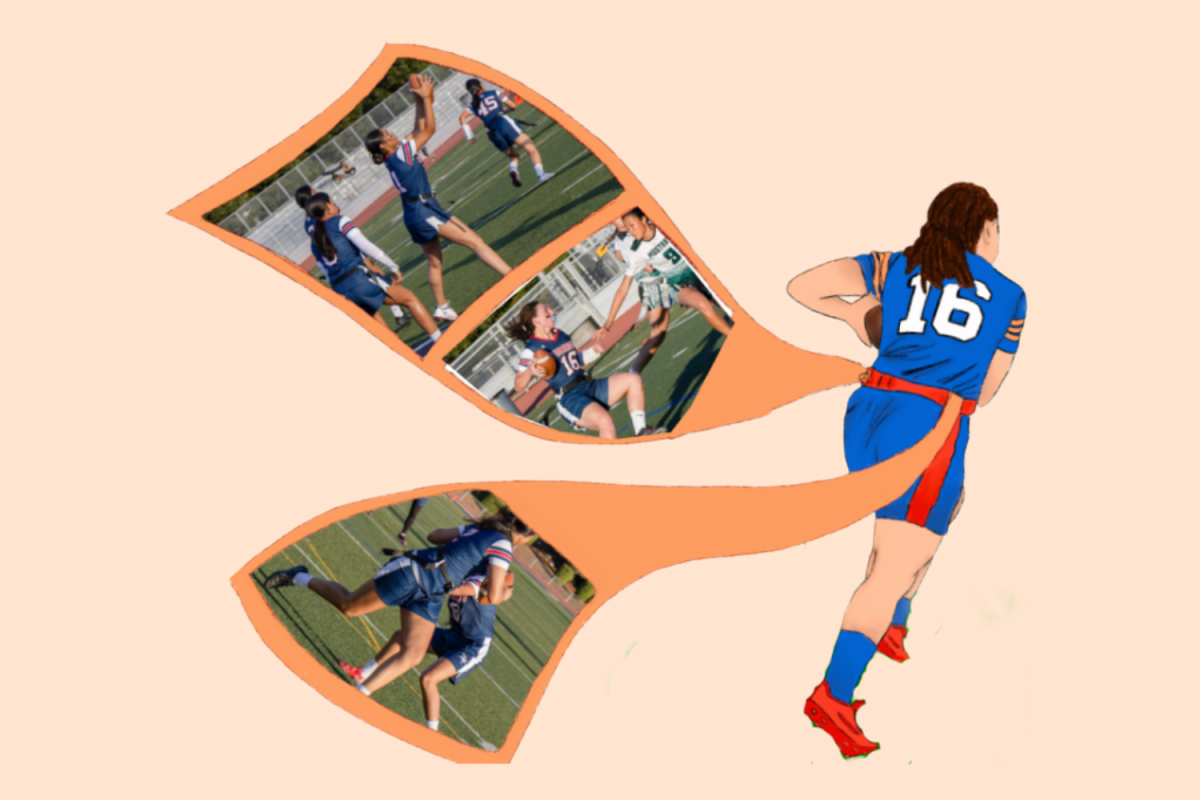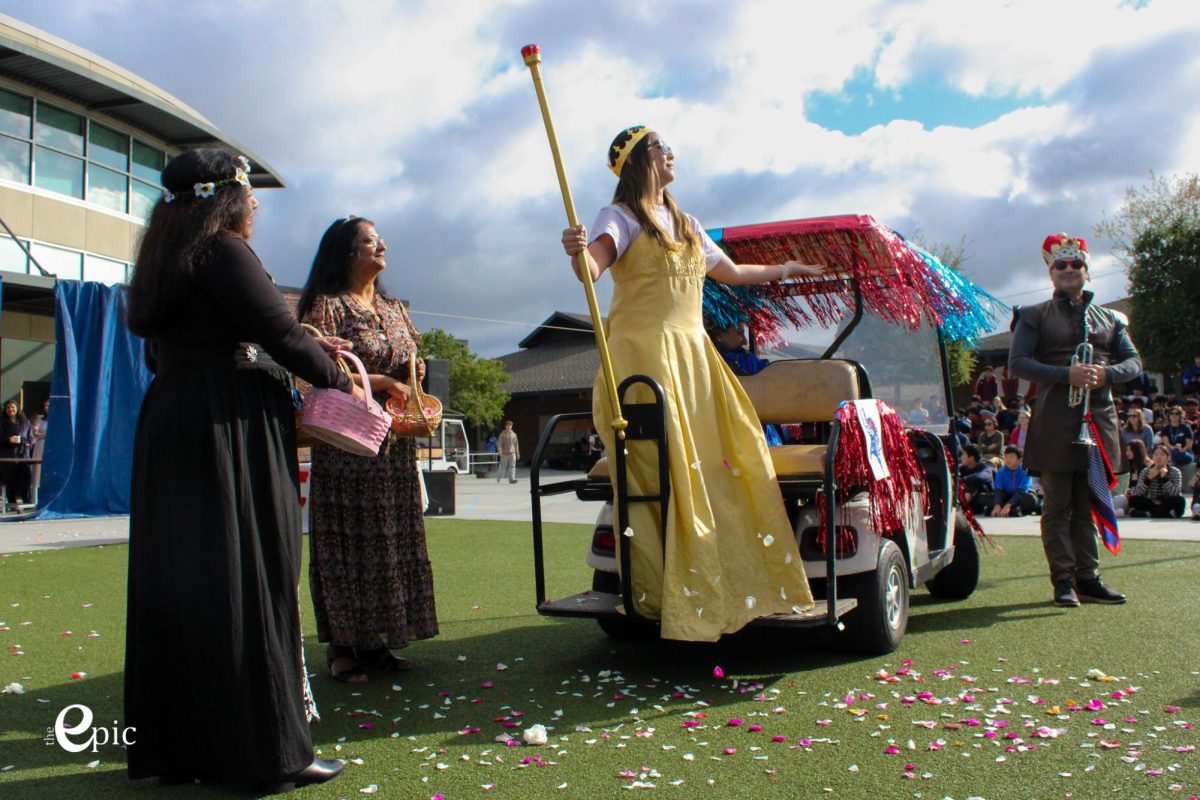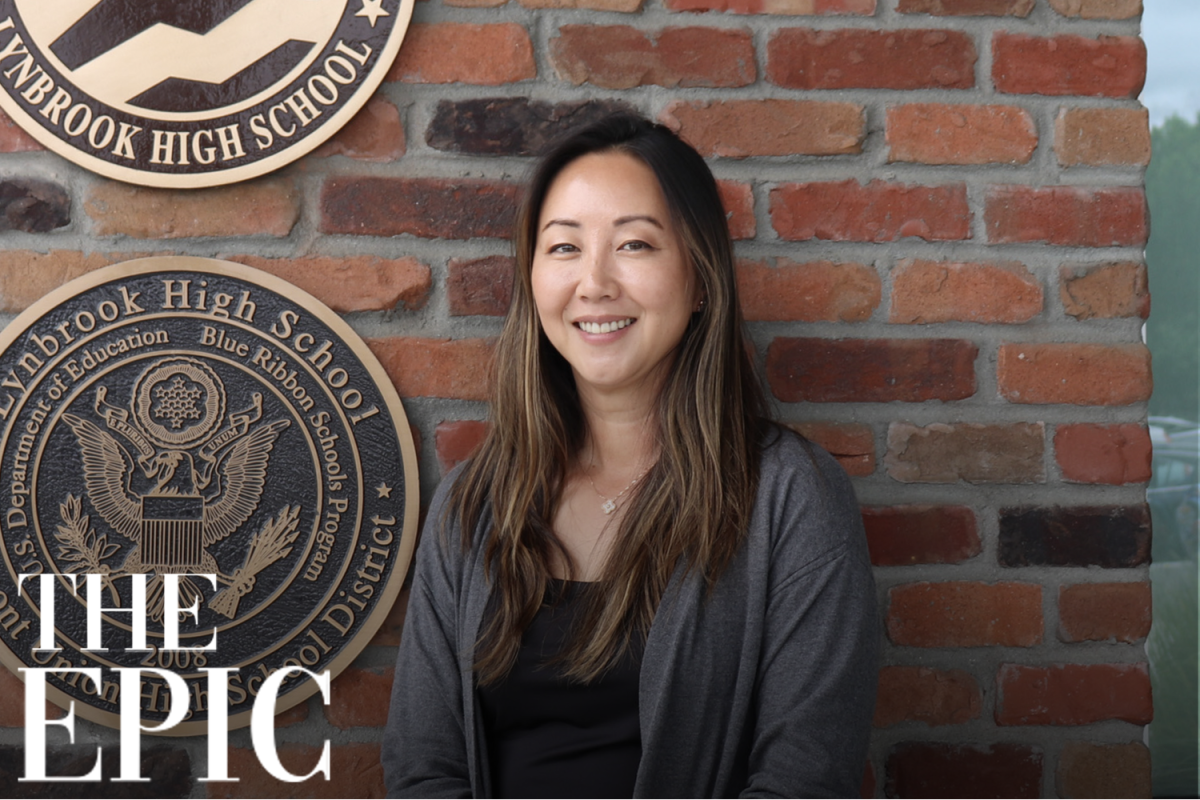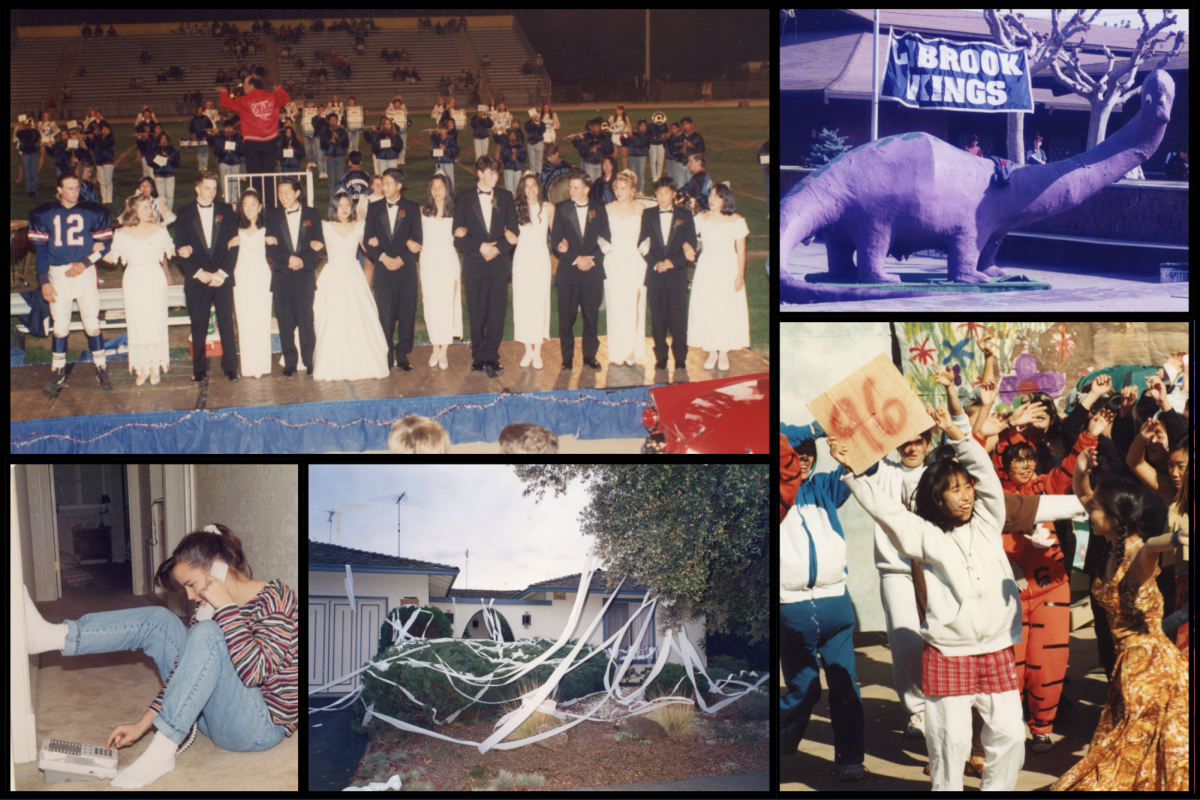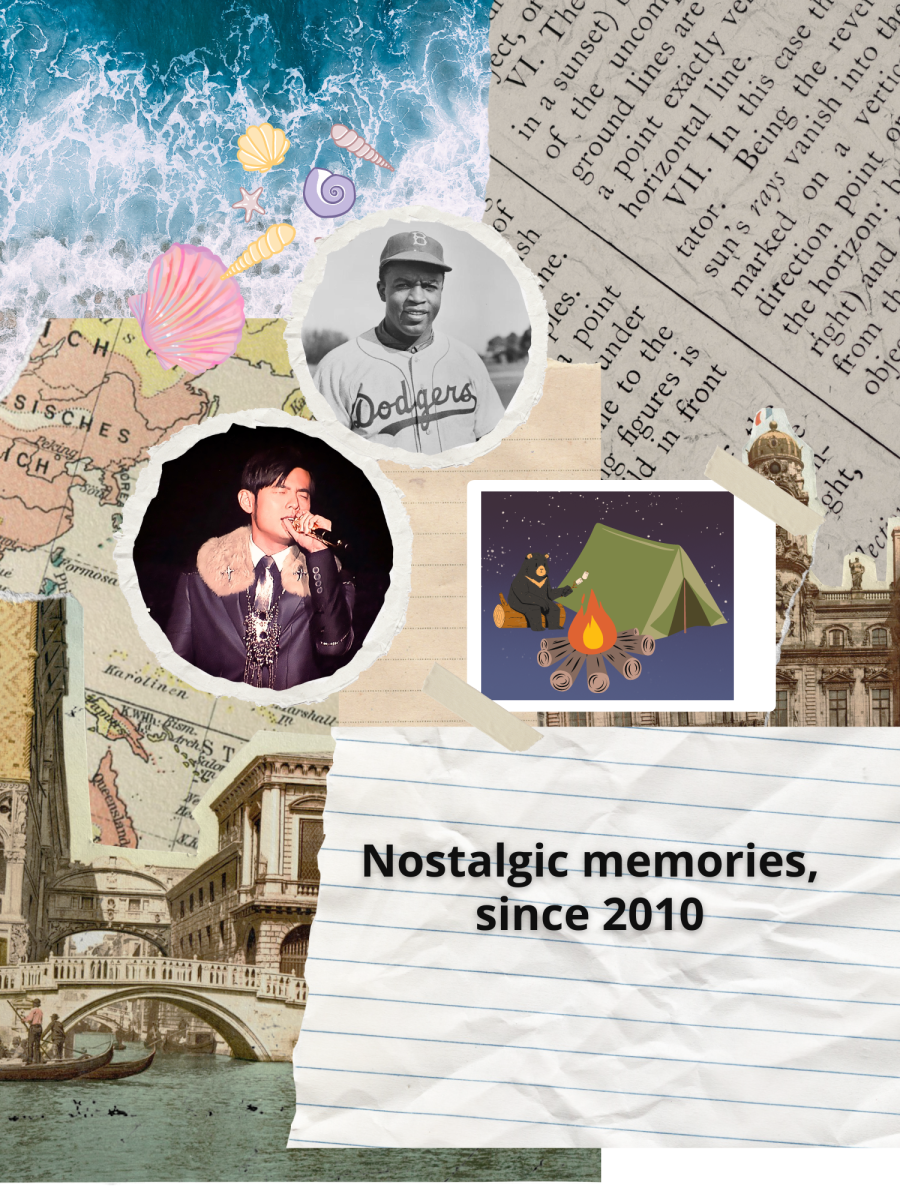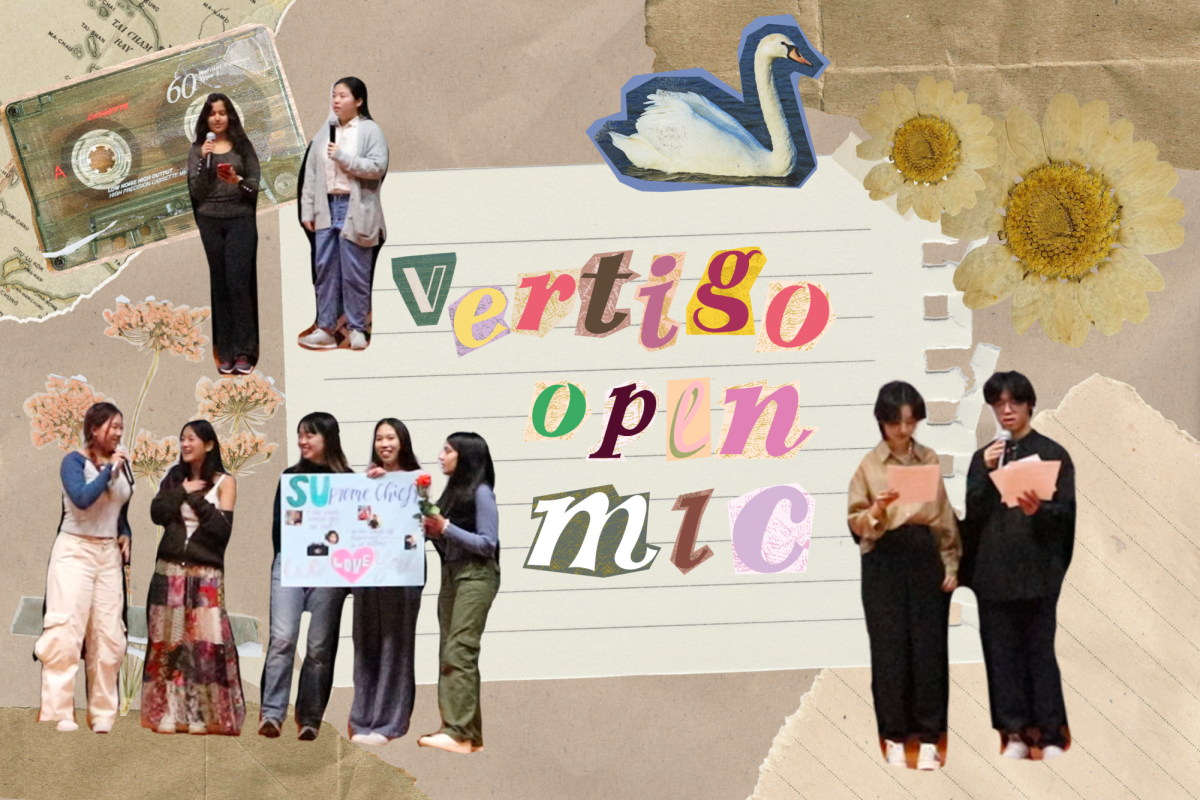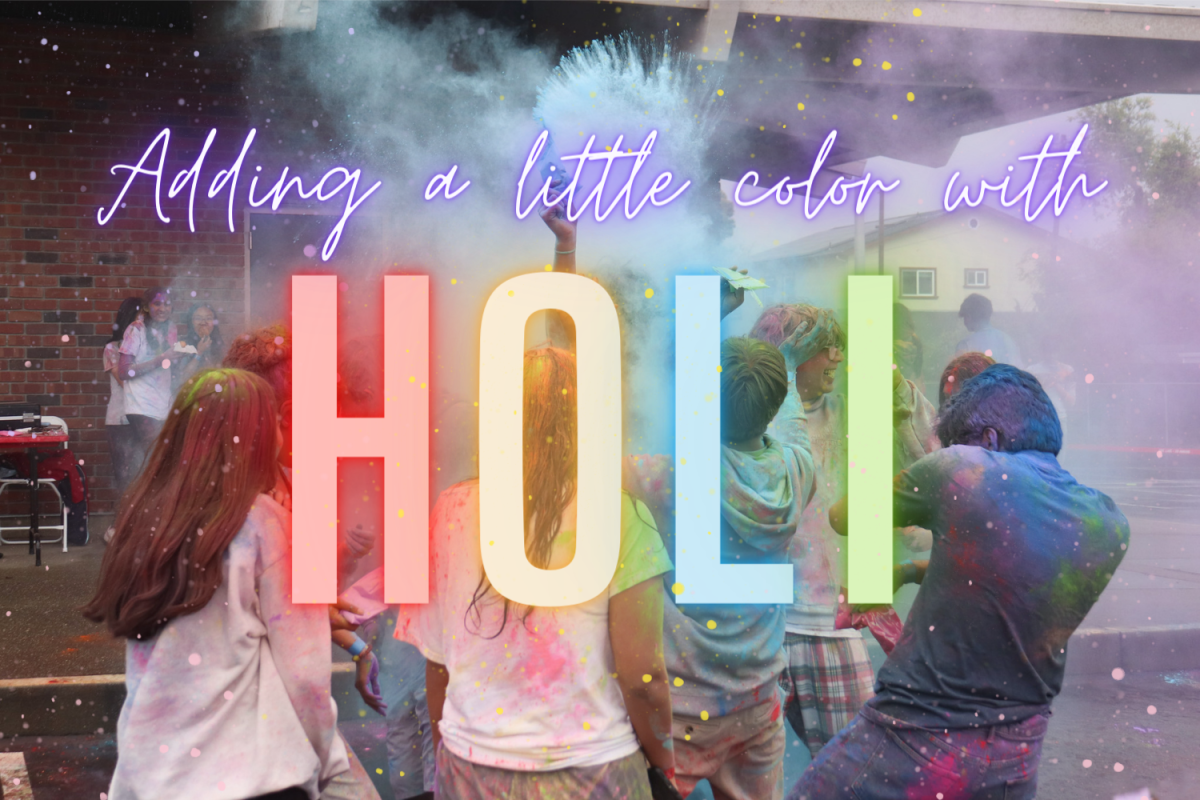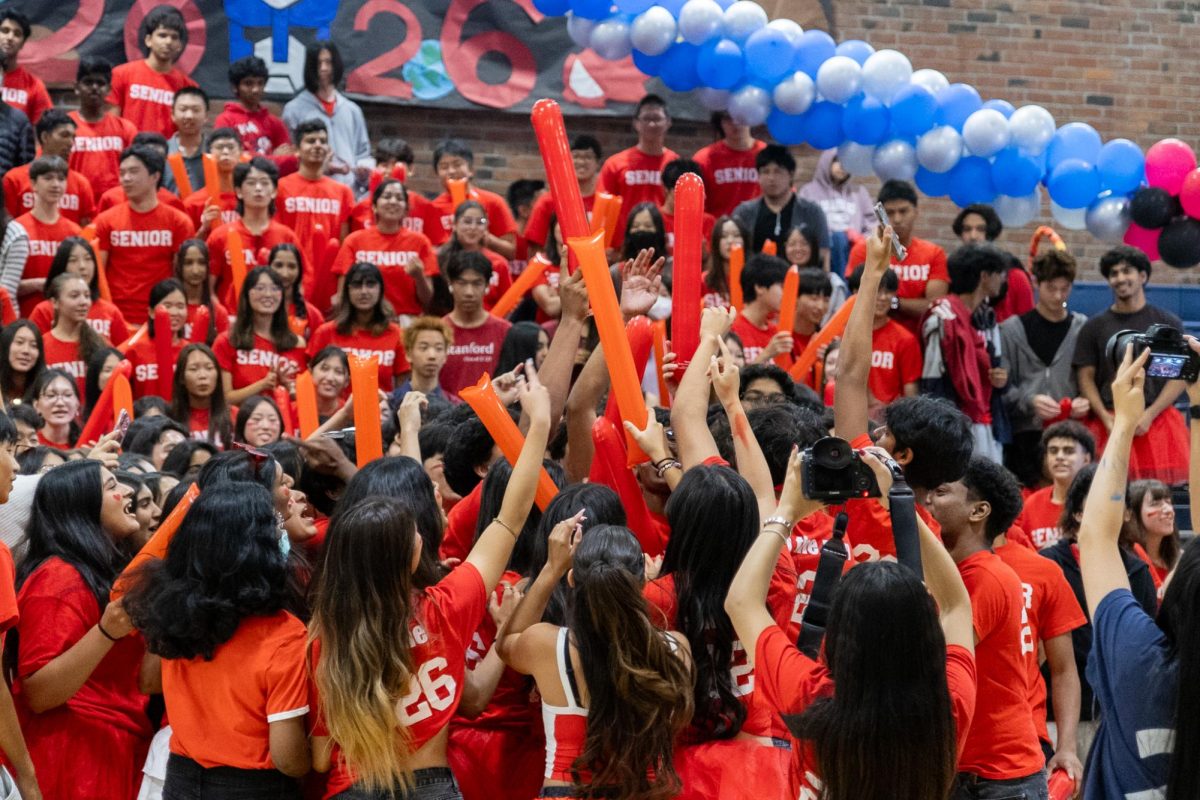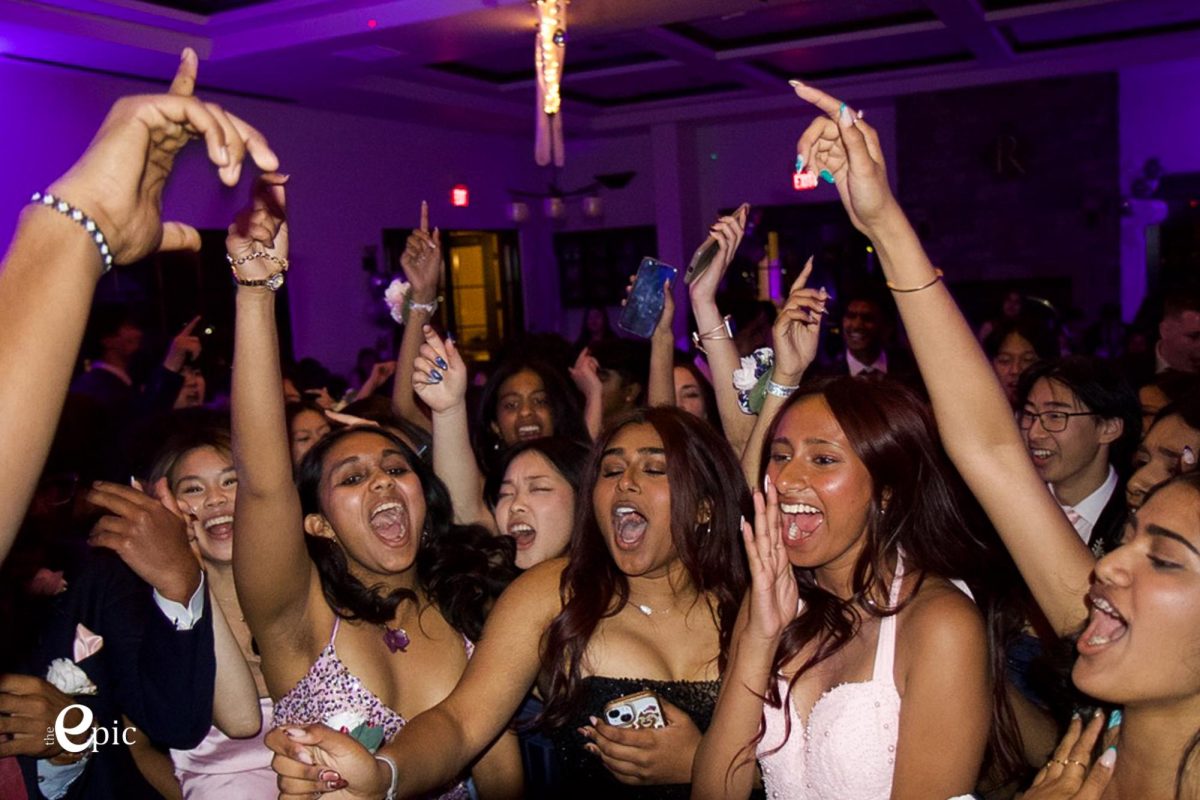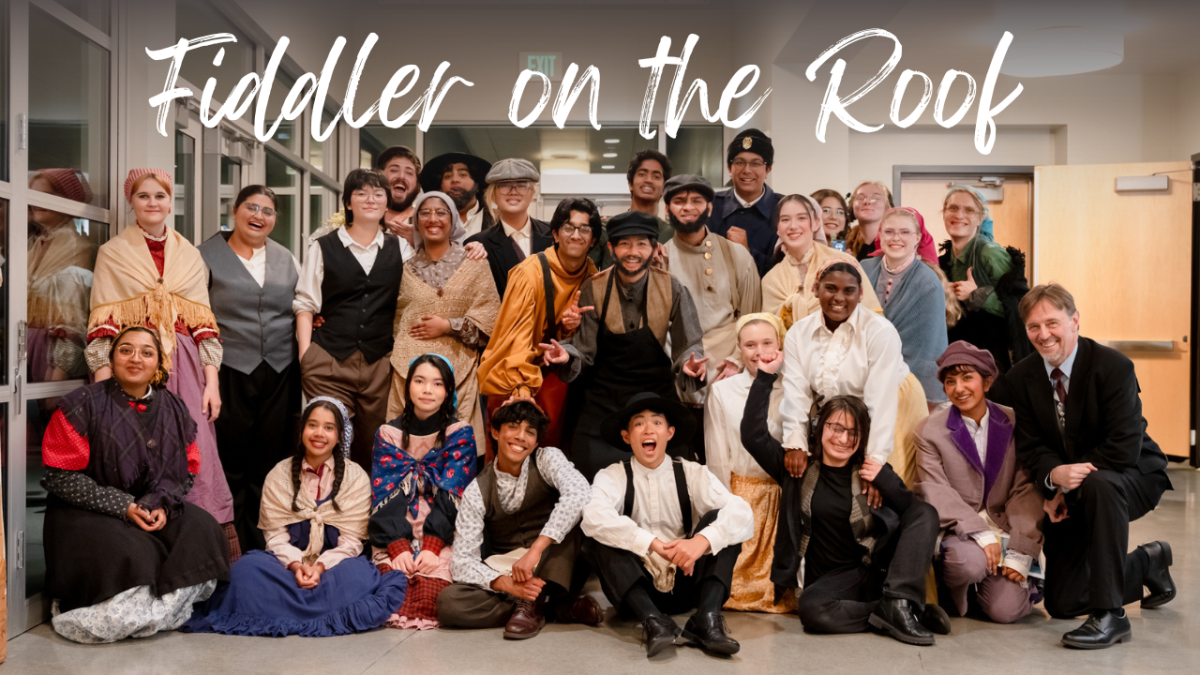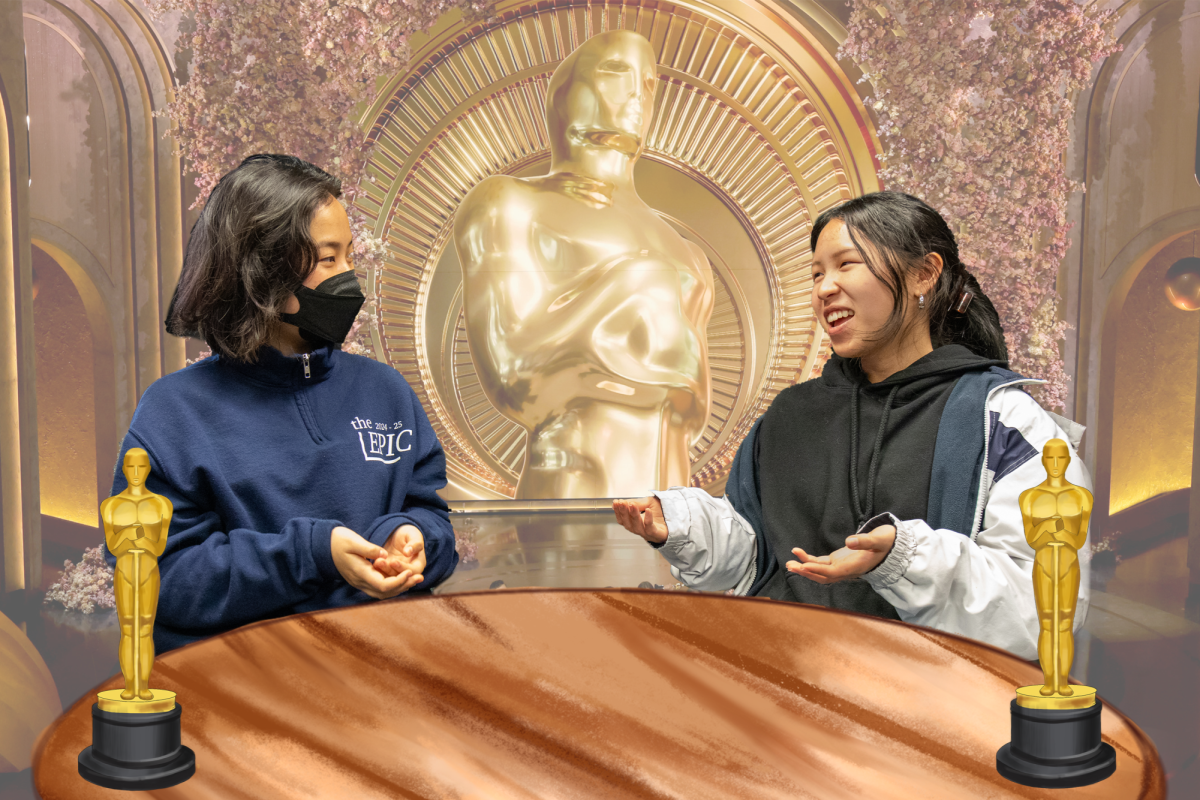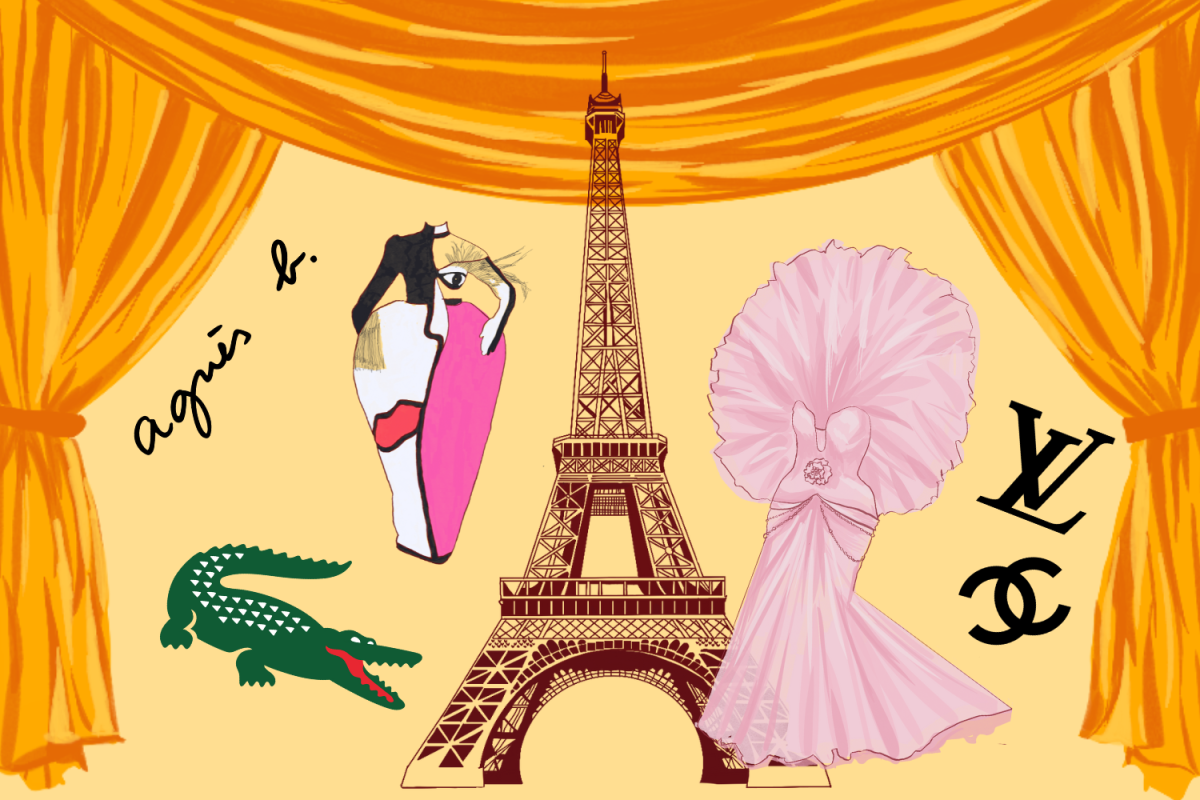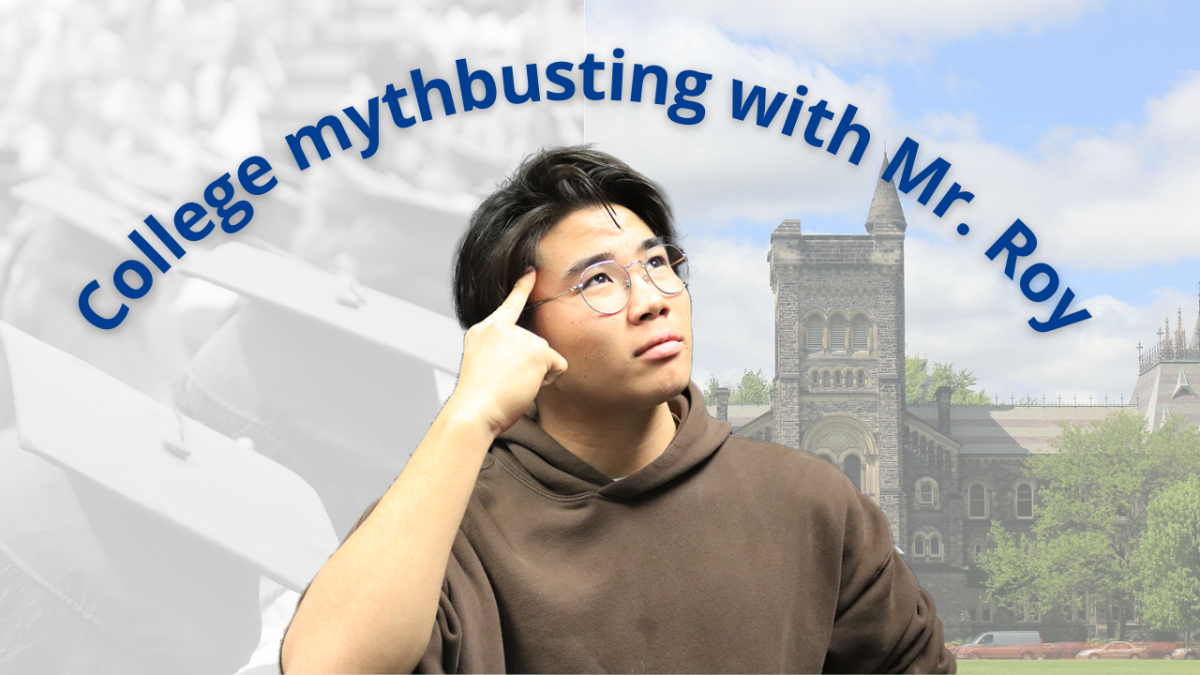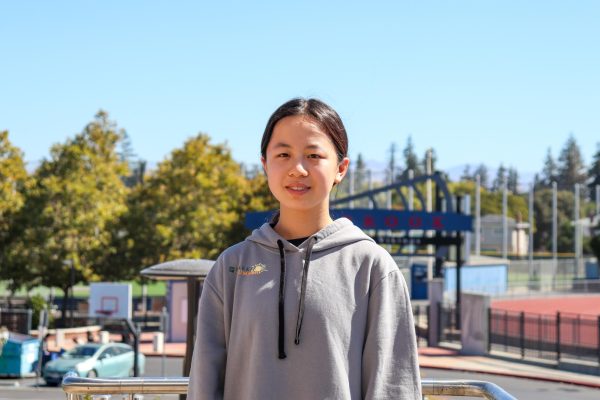
The stage lights brighten; the first notes of Carnatic violins ring out. Anklet bells jingling and hair ornaments shining, sophomore Sruthi Chetput leaps into a lively choreography of a tale from an ancient Hindu epic. Since around the age of six, Chetput has been a devoted student of Bharatanatyam, one of the oldest forms of Indian classical dance.
Seventh grade saw Chetput reach her first significant milestone, and her proudest achievement in Bharatanatyam to this day: the completion of her arangetram, a type of margam — a traditional performance structured into several parts — that marked her formal debut on stage. Chetput’s arangetram was a display of not only mastery but discipline: to prepare, she practiced daily for over a year, learning a total of eight different pieces for the three-hour showcase.
“You have to practice every day because you need to get your muscle memory and coordination,” Chetput said. “You can’t afford to fumble onstage and trip over your feet; you need to know and practice the proper moves.”
In the years since, Chetput’s passion and proficiency have only heightened, taking her across the globe to perform everywhere from international competitions in Italy to Hindu temples in Hawaii.
Now, Chetput is gearing up for her second margam this summer. This time, her performance things will be more personal, yet with more at stake. While Chetput performed her arangetram alongside her mother to a local audience, for this upcoming margam, she will perform solo overseas in India. In partnership with the Aakkam Foundation, a nonprofit that aims to uplift underserved youth, all audience donations from her performance will also fund higher education for Indian students.
“Doing dance makes me happy, but it’s an opportunity that my parents gave to me,” Chetput. “Because we have the necessities all covered, I’m able to do something I like. OBut other students in India sometimes just struggle to get just the necessities, so they’re not able to do anything they like, like higher studies. I want to be able to help them and fund them.”
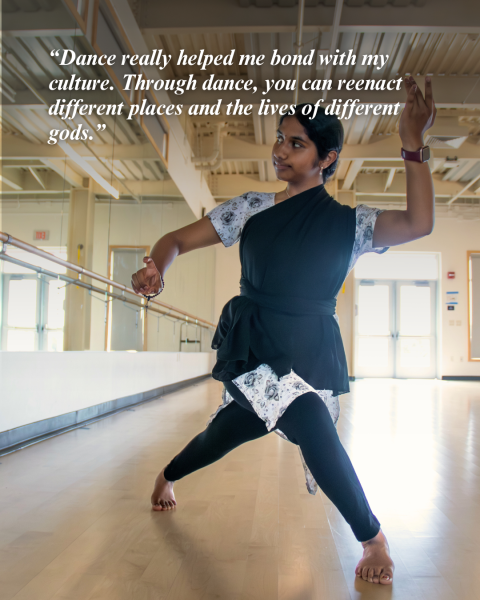
Many of the personal lessons, such as discipline, that Chetput has accumulated through dance over the years have also been applicable to other aspects of her life.
“When I was a kid, I was like, ‘This is not a big deal,’ because the steps just came to me naturally,” Chetput said. “But now, I try to do the steps carefully because you want to practice the proper way — otherwise, you have to relearn it. Dance has definitely impacted my discipline.”
Bharatanatyam has also been a valuable link to Chetput’s Indian heritage. Her dances are choreographed to music with lyrics in Tamil, which she speaks, that vividly depicts stories of religious devotion, mythology and more.
“Dance really helped me bond with my culture,” Chetput said. “Through dance, you can reenact different places and the lives of different gods. You can learn about different stories in our culture, like the Mahabharata and Ramayana epics, as well.”
Looking to the future, Chetput hopes to continue pursuing dance in college and beyond.
“I really love dancingdoing dance because I’m able to express my emotions as well as the happiness of people who watch the dance,” Chetput said. “I can feel their emotions through the dance as well.”

